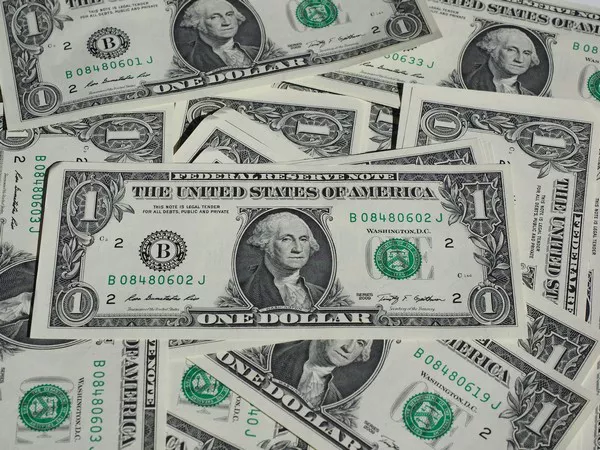Currency design and denominations play a crucial role in facilitating economic transactions and representing a nation’s wealth. While various countries have banknotes of different values, one denomination that notably stands out by its absence is the $1000 bill. Despite the existence of higher denominations such as the €500 Euro note or the 10,000 yen bill in Japan, the United States has never issued a $1000 bill. This article aims to delve into the historical context and the reasons behind the nonexistence of the $1000 bill in American currency.
A Brief History of High-Denomination Banknotes
To understand the absence of the $1000 bill, it is important to explore the historical evolution of high-denomination banknotes. In the late 19th and early 20th centuries, numerous countries, including the United States, issued high-value banknotes to facilitate large transactions and store value. The US Treasury printed several high-denomination bills, including the $1000, $5000, and $10,000 notes.
The Demise of High-Denomination Notes in the United States
The gradual phasing out of high-denomination banknotes in the United States can be attributed to several factors. One of the primary reasons was concerns over criminal activities such as money laundering, tax evasion, and organized crime. High-value banknotes facilitated illicit transactions and made it easier for criminals to move large sums of money discreetly.
In 1945, as a part of a broader anti-money laundering strategy, the US Treasury and the Federal Reserve System discontinued the printing of high-denomination notes, including the $1000 bill. The existing bills remained in circulation until the 1960s, after which they were mostly withdrawn and destroyed due to their limited use and the associated risks.
Advancements in Banking and Digital Transactions
The advancement of banking technology and the rise of digital transactions have played a significant role in rendering high-denomination banknotes obsolete. With the advent of electronic funds transfer, wire transfers, and digital payment systems, the need for physical cash in large denominations has decreased significantly. People now prefer the convenience and security offered by digital banking platforms, which allow for seamless transactions without the risks associated with carrying large amounts of cash.
Enhanced Security Features and Counterfeit Concerns
Another reason for the absence of a $1000 bill is the challenges posed by counterfeiting. High-denomination banknotes are attractive targets for counterfeiters due to their value. By discontinuing the $1000 bill, the US government has made it more difficult for counterfeiters to produce fake notes that could potentially enter circulation. The existing security features on lower denominations are more manageable to implement and monitor, ensuring the integrity of the currency.
Conclusion
The absence of a $1000 bill in the United States can be attributed to a combination of factors. Concerns over criminal activities, advancements in banking technology, the rise of digital transactions, and enhanced security features have all played a role in the decision to discontinue high-denomination banknotes. While some may argue that the lack of a $1000 bill limits financial flexibility, the benefits in terms of curbing illicit activities and maintaining the integrity of the currency seem to outweigh the drawbacks. As economies continue to evolve, the future of physical currency itself may come into question, rendering the absence of the $1000 bill a reflection of changing times.
Related Topics:
- What is USD Currency Symbol? A Comprehensive Guide
- The Role of the USD as a Major Reserve Currency
- Factors behind USD’s Status as the Most Traded Currency


